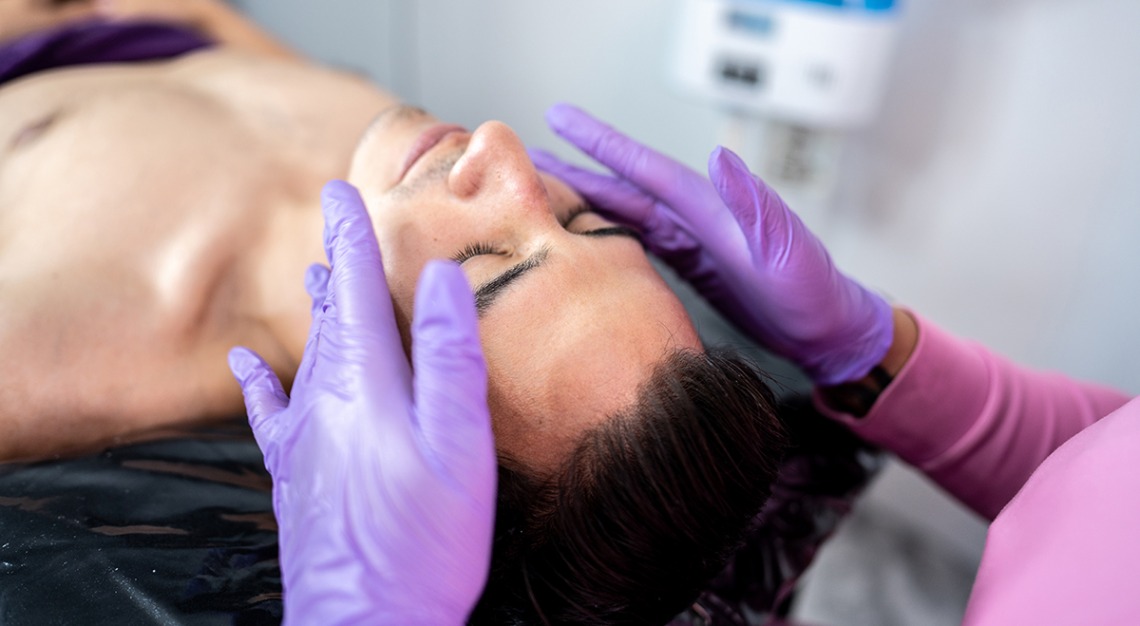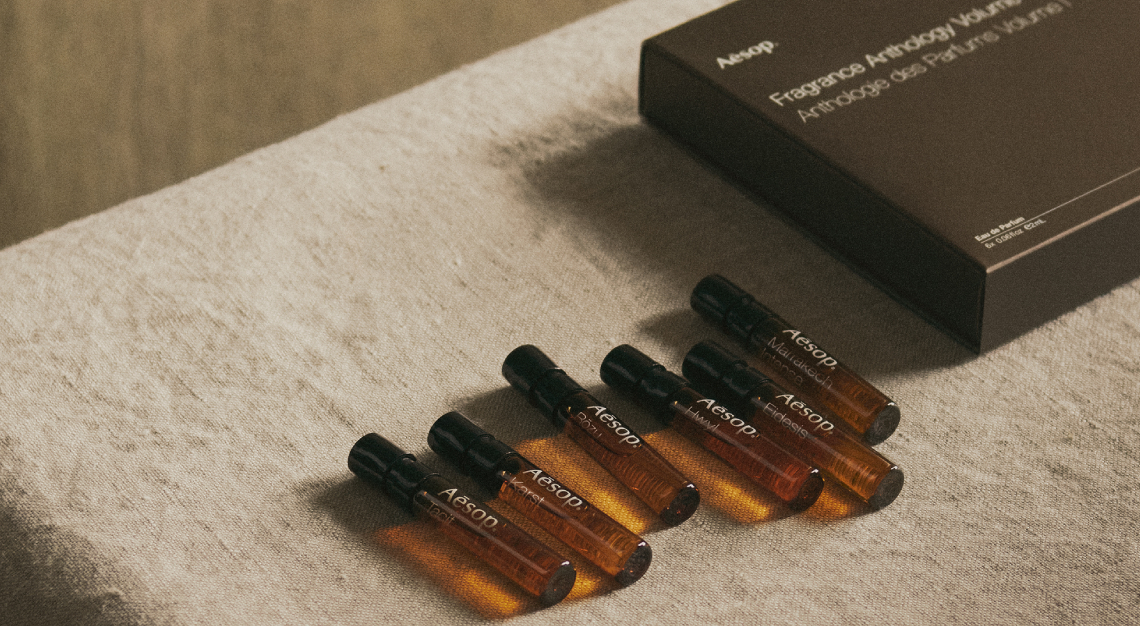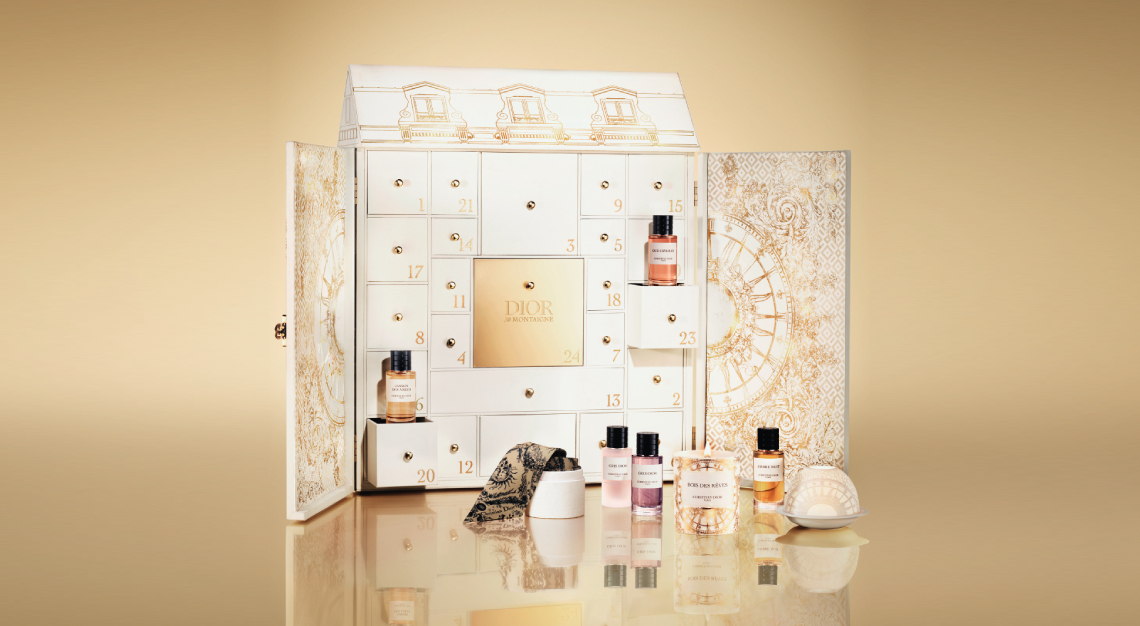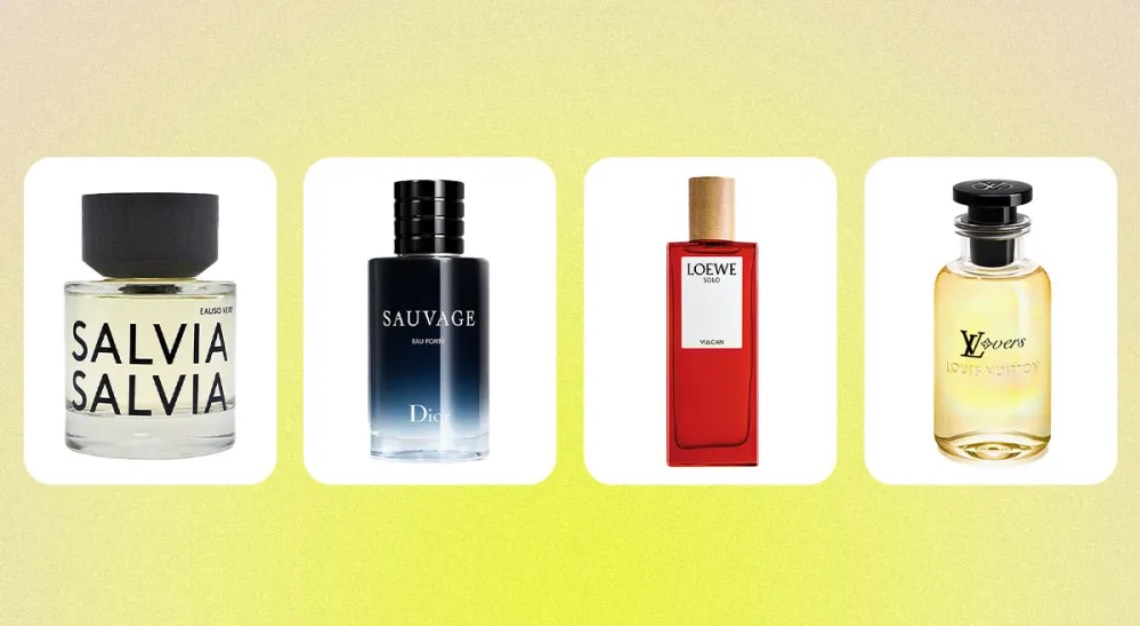You can’t shrink your pores, but you can make them appear smaller. NYC-based cosmetic dermatologist, Michele Green, tells us how
Lots of guys, especially those of us with oily skin, have pores large enough to discern from a short distance. And this isn’t a bad thing per se, but with a nice oily gloss over your skin, your pores can become an even more noticeable part of your complexion, making otherwise healthy skin look less even. So, it makes sense that people want to how to shrink your pores.
But here’s the thing: You can’t shrink your pores. At least not with any DIY solutions. You can, however, make them appear smaller, primarily with certain skincare products—so consider that a silver lining. “Each pore is a fixed size due to genetics and the sebaceous gland it is attached to,” says board-certified NYC-based cosmetic dermatologist Michele Green. “But, we can diminish their appearance through proper skincare and in-office treatments.”
And maybe it’s a good thing that we can’t shrink our pores. They have the very significant task of helping our sweat and our skin-nourishing sebum pass through the skin. In this way, they effectively help regulate our body temperature and keep our body’s largest organ supple. “In general, men have more oily skin than women due to an increase in androgen hormones that stimulate sebaceous glands,” adds Green. And sometimes, a buildup of sebum causes them to expand, she says, creating an appearance of even larger pores. “Pores typically appear larger in areas with high concentrations of sebaceous glands, such as the nose, cheeks, and forehead.”
If you’re not sure where to start, Green has offered counsel on seven methods that you can start incorporating into your skin care routine today. But keep her advice in mind: “While over-the-counter skincare products can reduce the appearance of pore sizes, results are temporary and only continue while using the product.”

AHAs/BHAs
“Alpha hydroxy acids (AHA) and beta hydroxy acids (BHA) bind to and remove dead skin cells, sebum, and dirt trapped in pores to exfoliate the skin,” says Green. Less buildup yields smaller pore appearance. These chemical exfoliants are easy to obtain through serum—such as these two from Herbivore and SkinCeuticals—moisturisers, or cleansers. If you’re acne-prone, be sure to focus on BHAs, namely salicylic acid.
Retinol
“Retinol is a vitamin A derivative that increases the rate of cell turnover, exfoliating the skin to prevent the buildup of dead skin cells [on skin and in pores] and reveal new, healthy skin cells underneath,” says Green. So in addition to less visible pores, you also get smoother, firmer, and clearer skin. Be sure to use retinoids in the evening, and speak with your dermatologist about the best plan for incorporating them.
Vitamin C
“Vitamin C is a powerful antioxidant that brightens the skin, promotes cell turnover, reduces sebum production, and protects the skin from UV damage,” says Green. And again, any regulation of sebum yields less visible pores.
Clay Masks
“Clay masks work to absorb excess oil and remove dirt and impurities from the skin to clear pores,” Green explains. Great excuse to sit still with a glass of whisky for 15 minutes, too.
Sunscreen
Clinical treatments to make pores look smaller
Chemical peels: “Peels are excellent for exfoliating the skin and unclogging pores to reduce pore size and improve skin texture,” says Green.
Laser resurfacing treatments: “These stimulate collagen production and tighten the skin, minimizing the appearance of enlarged pores over time,” Green says. Treatments include Clear and Brilliant, Fraxel, and eMatrix lasers.
Microneedling treatments: These produce tiny micro-wounds in the skin to help spike collagen levels as well. Ask your derm about the Vivace radiofrequency microneedling treatment, Green suggests.
This story was first published on Robb Report USA






